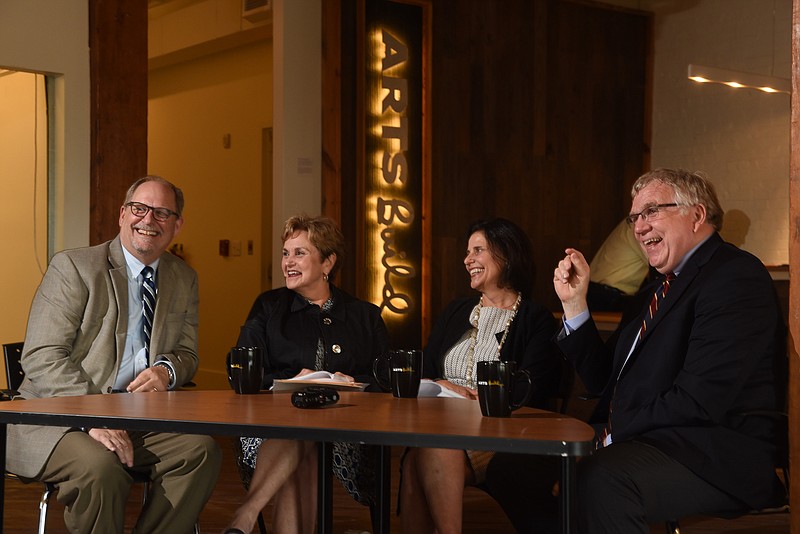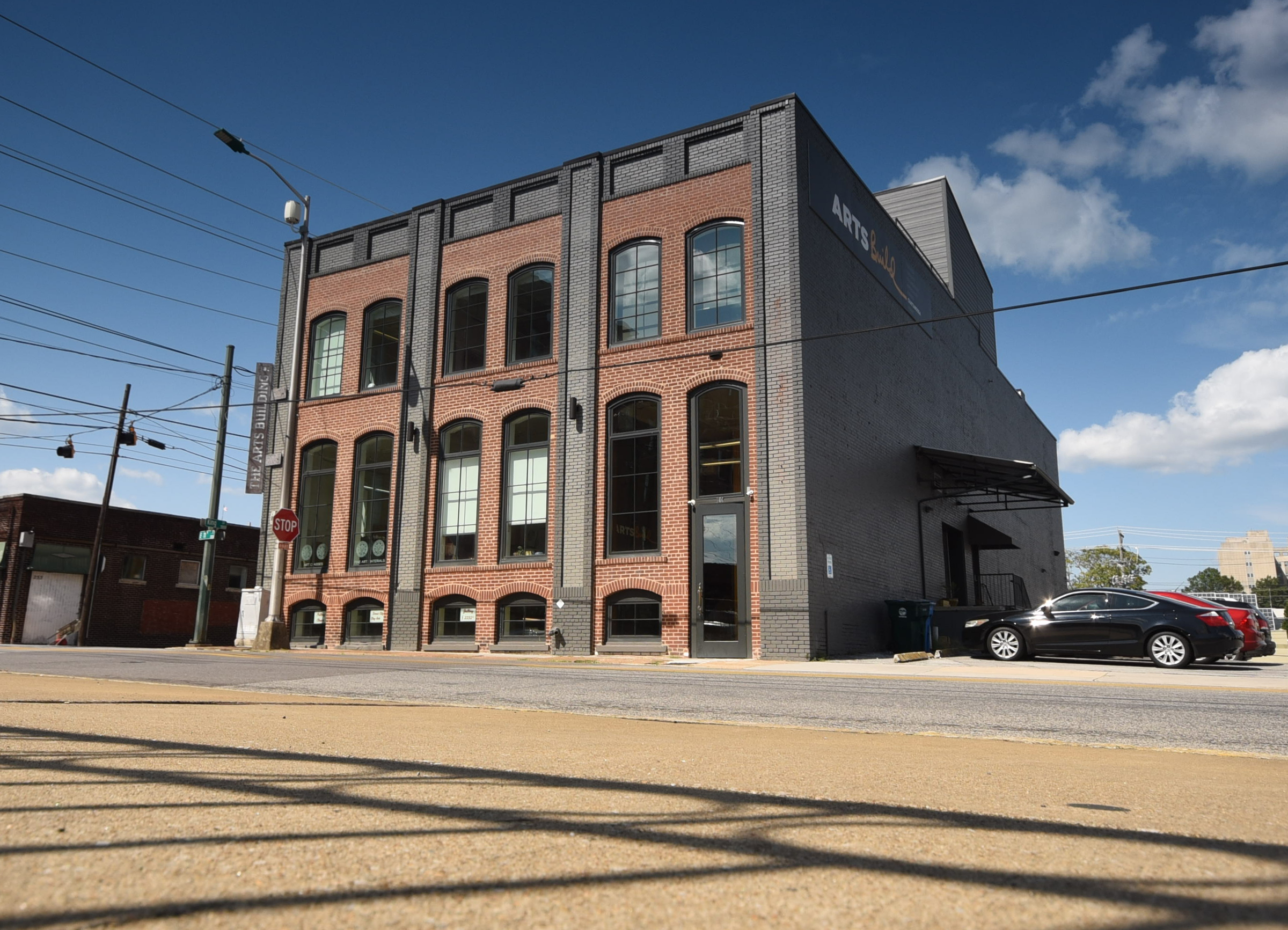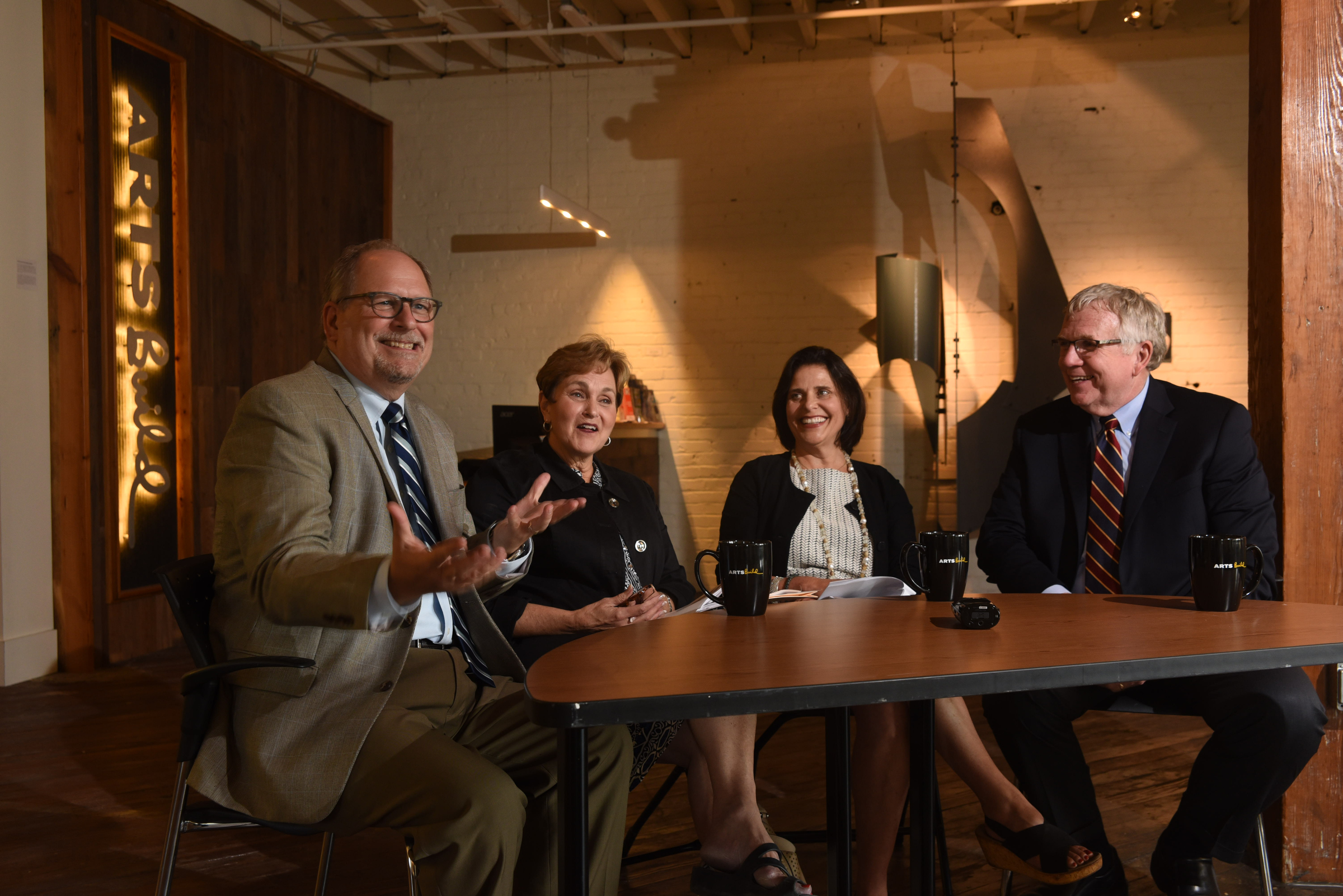For years, arts and cultural leaders in cities and counties around the country have maintained that their organizations can have a positive impact on the communities in which they work. They've known it and believed it, but very often they've only had what Rodney Van Valkenburg calls "cardiac research."
"I know it in my heart, but how do I measure it?" he said.
Van Valkenburg is the director of grants and initiatives with ArtsBuild, the local arts advocacy organization that raises funds and promotes local arts and cultural groups in Chattanooga and Hamilton County. Now, thanks to a new survey, Van Valkenburg and other arts organizations across the country, state and nation have real numbers showing the economic impacts of nonprofit arts and cultural organizations.
The Arts & Economic Prosperity survey, conducted in a partnership with Americans for the Arts, found nonprofit arts and cultural organizations generate about $170 million dollars in one year for Hamilton County. For the state, the number is closer to $1.2 billion.
The numbers include things such as meals, hotel rooms, wages, taxes, tickets and parking.
Twenty-seven years ago, Americans for the Arts began conducting the surveys every five years.
ArtsBuild participated in the same survey in 2010 and again in 2015. Each survey takes a year to conduct and another year to complete. The 2012 county survey found an economic impact of about $106 million dollars.
Nashville participated in 2005 and again in 2015. Chattanooga and Nashville are the only two Tennessee cities that have participated twice.
This year, the Tennessee Arts Commission offered to pay half of the fee for cities, counties or regional organizations in order to get a statewide baseline look at the economic impacts of arts and cultural organizations across the state, said Anne Pope, arts commission executive director.
The commission spent about $30,000 to help offset costs for 21 local, nine regional and one statewide survey. Volunteers were enlisted to conduct one-on-one surveys of patrons of 642 participating organizations across the state. In Hamilton County, 53 organizations participated in the year-long survey.
"We did not know what to expect," Van Valkenburg said.
He said he purposely sent survey takers to a variety of organizations including not only the traditional arts groups such as the Hunter Museum of American Art, but also smaller nonprofits such as Swine Gallery and Cinerama.
"We wanted a true representation," he said.
"We actually thought the numbers might go down," said Dan Bowers, ArtsBuild executive director.
Pope said the significance of the survey is that it provides a baseline for organizations across the state and country. Because it is conducted by one group, the results are "apples to apples."
Beth Jones, executive director of the Southeast Development District, said the results are real numbers that arts proponents can use to further their cause with local politicians and members of the community. In the past, such not-for-profit organizations were looked upon as charities that didn't contribute to the local economy, in some cases, she said.
"The perception has been that arts and cultural organizations just take money and don't contribute," she said.
Pope said that not only do events like arts festivals generate money for the communities, they keep those monies local.
"The reality is that most arts organizations are inherently local," she said. "Arts organizations produce events that bring dollars that stay here."
She said among the survey questions was one that asked tourists what brought them to the area and the second asked locals if the event had not been happening, what would they be doing.
Most respondents to the first answered that the event they were attending was the draw. They also likely dined in the area and maybe bought gas or a hotel room. Respondents to the second said they likely would have traveled to find something to do, taking their dollars elsewhere.
Bowers said that after the 2012 numbers were revealed, it didn't necessarily open the financial floodgates from city and county politicians, but "it did get us a seat at the table.
"Honestly, before, we were at the kids' table," he said. "These studies help us get past the idea that nonprofit arts groups are charities. There are taxes generated at every level."
Jones said the survey results could be used by counties with similar arts and cultural opportunities to compare how the economies are impacted by such groups. Those with higher numbers can serve as inspirations and resources for how to replicate others' successes. It's a process she calls "R&D."
"There is research and development, but I like to call it 'rob and duplicate.'"
The numbers allow arts and cultural organizations to justify to politicians things like additional costs for police or garbage removal.
Contact staff writer Barry Courter at bcourter@timesfreepress.com or 423-757-6354.


